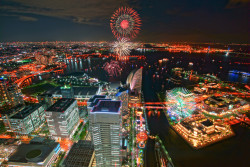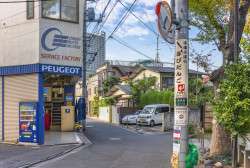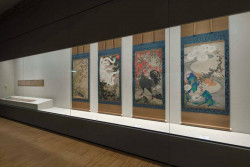
October 15, 2009
Eva Yerbabuena
The flamenco muse is forging a future for the venerable art form
By Metropolis
Originally published on metropolis.co.jp on October 2009

Photo ©Outumuro
Anyone who has seen Tokyo performances by the likes of Eva Yerbabuena and Maria Pages over the past few years will know that flamenco has transcended its roots in the folk traditions of southern Spain’s Andalusia province. Retaining a reverence for its Gypsy, Arab, Jewish and Spanish influences, a new generation of choreographers has been able to translate flamenco’s vocabulary into something entirely modern, capable of handling any setting or theme.
Audiences here have been quick to appreciate their work, so it’s no surprise that Yerbabuena has been booked into Shibuya’s spacious Orchard Hall for her first Japan tour in three years, where she and her company will present two pieces.
Yerbabuena’s ability to modernize flamenco without trivializing it grows out of her childhood in Andalusia, where she learned from some of the 200-year-old dance form’s masters. She started to dance professionally at 15 with Rafael Aguilar, and by 20 was well-known throughout Europe. Establishing her own company in 1998, Yerbabuena has won every major Spanish dance award and performed all over Europe, Asia and the Americas.
But key to her vision has been her work with titans of the dance world from outside the flamenco sphere. Yerbabuena has expanded her horizons, working with Russian ballet legend Mikhail Baryshnikov and visionary German modern dance choreographer Pina Bausch in addition to taking roles in films including Mike Figgis’s Flamenco Women.
For her first night in Tokyo, the dancer presents Santo y Seña (Signs and Wonders), a signature work in which she, four co-performers and eight musicians reprise highlights from pieces including Eva (1998), 5 Women 5 (2000) and The Spindle of Memory (2006). The piece deals with the “mystery of how to unlock creativity.”
“In the silent pools of the night, we learn how life is illuminated by light,” Yerbabuena says in the production notes. “Then we unlock the gateway leading to new creative paths: by exploring who we have been, who we are and who we hope we may be, we come upon signs and wonders which illuminate our lives and may shed light for those who follow.”
The second of two evenings at Bunkamura will see Yerbabuena perform an eponymous work, in which she dances solo with eight musicians. The piece turns on the interplay between her solo dancing and the music emanating from the hands of her husband Paco Jarana, a guitarist and her constant companion and creative partner.
If your image of flamenco consists of whirling skirts and stamping feet (of which there are plenty), Yerbabuena’s performances may be a window into the unimagined potential for expression contained in older art forms.
Eva La Yerbabuena
Top dancer from Granada known as one of the “muses” of Flamenco. Oct 20-21, 7pm, ¥8,000 (B)/¥10,000 (A)/¥12,000 (S). Bunkamura Orchard Hall, Shibuya. Tel: Ticket Space 03-3234-9999.







